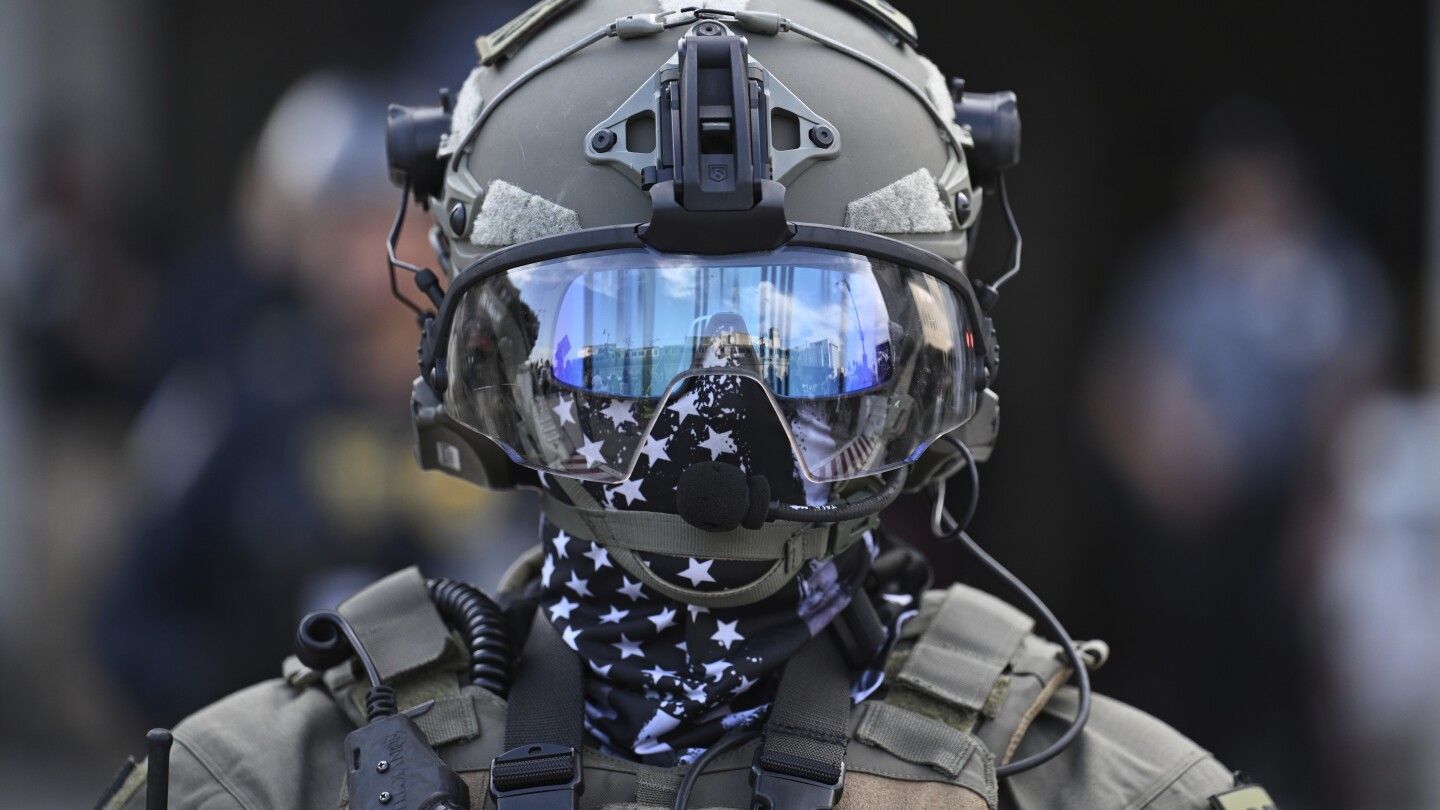WASHINGTON — Virginia Democratic Senators Mark Warner and Tim Kaine introduced federal legislation that would require immigration enforcement officers to be clearly identifiable during operations, Axios Richmond reported.
The proposed legislation, known as the Immigration Enforcement Identification Safety Act (IEIS), was introduced at the end of July as S.2594. It would amend Section 236 of the Immigration and Nationality Act to require federal and local officers conducting immigration enforcement to visibly display their names and agency affiliations. The bill would prohibit officers from covering their faces, except in limited circumstances such as health-related situations or certain undercover operations.
READ NEXT | The case for removing last names from police uniforms
The legislation would also allocate funding to cover the cost of services that scrub personal information about officers from public online databases, to protect them and their families from potential threats or doxxing.
Agents are not currently required to show badge numbers, wear uniforms or drive marked vehicles, according to a memo from the Department of Homeland Security.
Tricia McLaughlin, assistant secretary for DHS, told Axios Richmond that ICE agents “always have credentials visible and clearly announce who they are.” McLaughlin also pushed back on criticisms, saying the trend of policies aimed at limiting mask use amounts to “demonization” of ICE officers.
The proposed Senate legislation mirrors a similar bill already introduced in the House — the No Secret Police Act of 2025 (H.R. 4176). Introduced in June, the House bill would amend the Homeland Security Act of 2002 to require DHS agents involved in immigration enforcement to visibly wear insignia, identify their agency and avoid face coverings unless specifically justified. It also calls for research into improving uniform visibility under challenging conditions such as poor lighting or weather.
Similar legislation has also been introduced at the state level, including states such as Michigan and California.
Police1 readers are weighing in on the broader issue of banning masked officers — see what they’re saying and share your opinion by clicking here.
